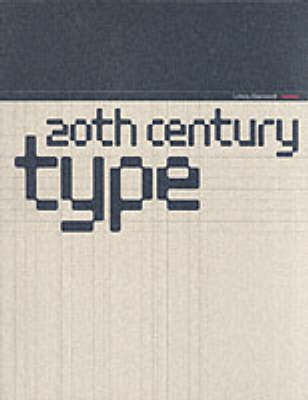Type design has held a position of paramount importance in all aspects of graphic design, and has had a profound influence on the way our environment looks today. This book is devoted specifically to this aspect of graphics, and its spectacular development over the last hundred years. For 500 years, the craft of designing and setting type remained virtually unchanged, until the late 19th century saw the dramatic breakthrough of mechanical typesetting. Type design has been driven not only by technical improvements, but also by its close relation with art movements, and the most lasting and influential designs have grown out of a creative response to both elements - from the aesthetics of mechanization seen in the work of the Bauhaus designers, through to the Swiss "International Style", to the computer-based creations of today's designers such as Neville Brody. This study traces the development of type throughout the century, the major design personalities involved and the influence they had upon each other.
It puts into perspective the development of typeforms that have become so well known that they are thought of as universal standards - Helvetica, Gill, Times - as well as the underlying influence of the vernacular and of traditional forms. The book includes analysis of the different terms used to describe letterforms, and tables showing how type is grouped according to its main characteristics. This book draws together history, technical analysis and aesthetic criticism for all the graphic designers of today.
- ISBN10 1856691160
- ISBN13 9781856691161
- Publish Date 4 May 2004 (first published 12 October 1992)
- Publish Status Active
- Out of Print 25 June 2005
- Publish Country GB
- Imprint Laurence King Publishing
- Format Paperback
- Pages 192
- Language English
